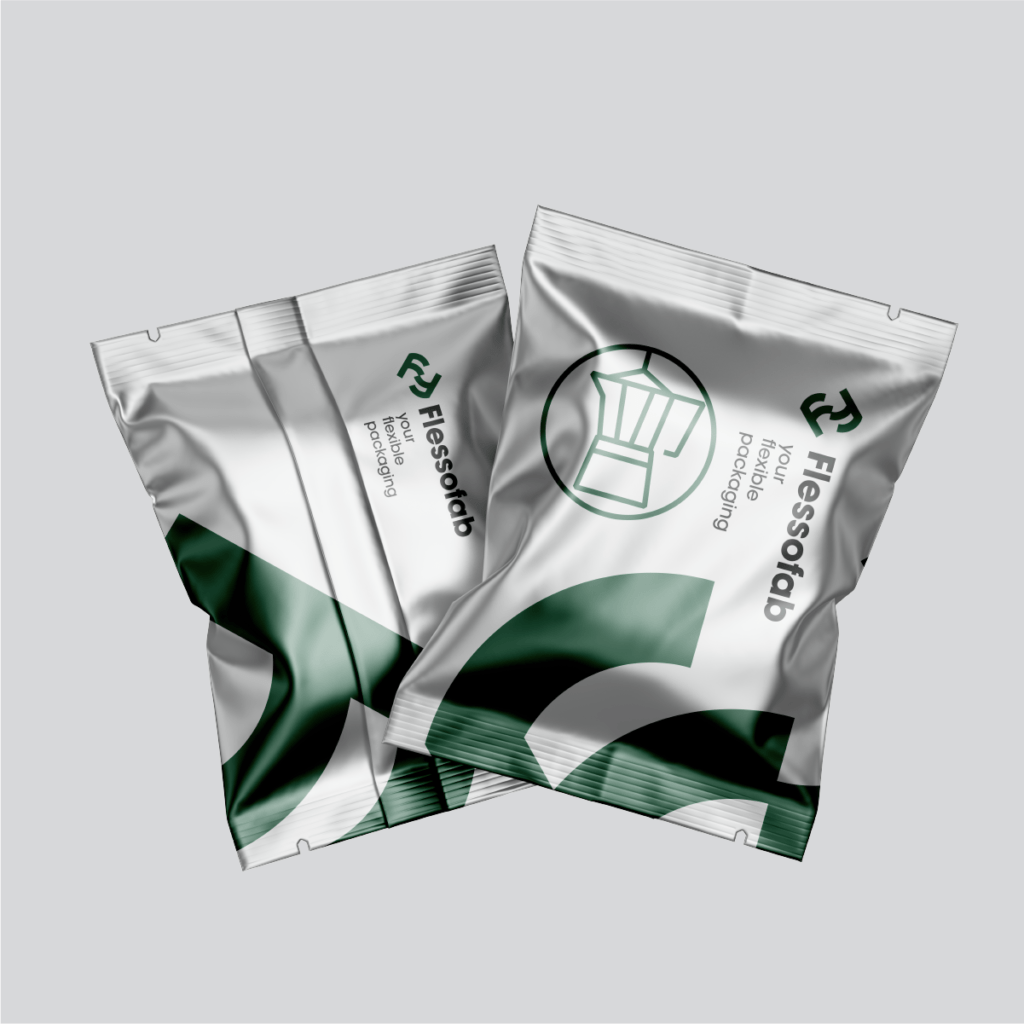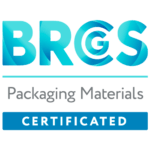The coffee bean contains a significant portion of oil, which migrates to the surface with roasting. Exposure to air and light results in the activation of oxidative phenomena, the cause of abnormal flavors and odors.
During storage, in other words, roasted coffee undergoes significant chemical and physical changes that significantly affect the quality of the beverage (release of carbon dioxide, absorption of volatiles, and migration of oils to the surface).
Yet, since it was first put on the market, flexible packaging intended for coffee has not undergone modernization: today, as yesterday, it is composed of Aluminum, a product that cannot be recovered in a mixed plastic structure, which is inevitably destined for waste-to-energy.
The recent increase in the price of raw materials (such as aluminum and EVOH) and the urgency of package weight reduction and recyclablity, with a view to sustainability, revitalize the value of the recent study conducted by FLESSOFAB to identify the best solutions for coffee packaging: an experiment started in 2018, when new extrusion, lacquering, and metallization technologies allowed the approach to new PET, PP, and PE base plastics.
The study, conducted in collaboration with CNR and Faculty of Agriculture of the University Federico II of Naples, aimed to characterize the new polymers available on the market from the perspective of sustainability and machine performance (processability in the converting cycle); to characterize new packaging solutions by going to combine the raw materials identified in the first phase, evaluating their performance in the packaging phase; and to evaluate the new polymeric structures in terms of shelf life compared to standard structures, from the perspective of recyclability, measuring their economic impact (yield and price).
Write to us to learn more and receive more information about the results of the experiment conducted by FLESSOFAB with CNR and UNINA





